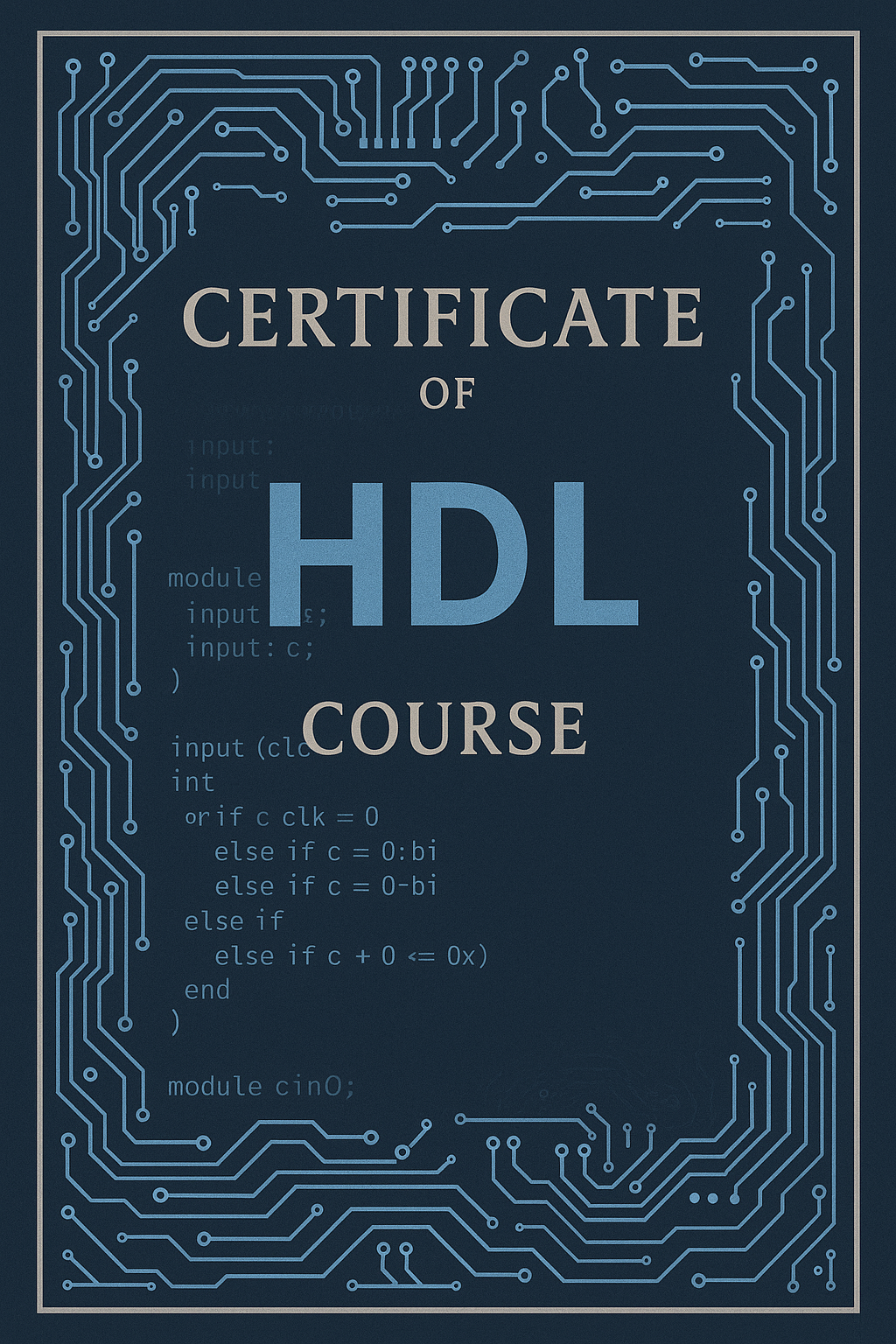
This course introduces the fundamentals of Hardware Description Languages (HDLs), primarily focusing on VHDL, which is used to model, design, simulate, and implement digital circuits. Students will learn how to describe the behavior and structure of combinational and sequential circuits using HDL syntax and constructs.
Key topics include:
-
HDL syntax and coding styles (behavioral, structural, and dataflow modeling)
-
Design and simulation of basic digital components (multiplexers, flip-flops, counters, etc.)
-
Finite State Machine (FSM) modeling
-
Testbench development for simulation and verification
-
Synthesis and implementation flow using FPGA tools
By the end of the course, students will be able to write HDL code, simulate digital systems, and understand how hardware is described at various abstraction levels, preparing them for more advanced courses in digital design and embedded systems.